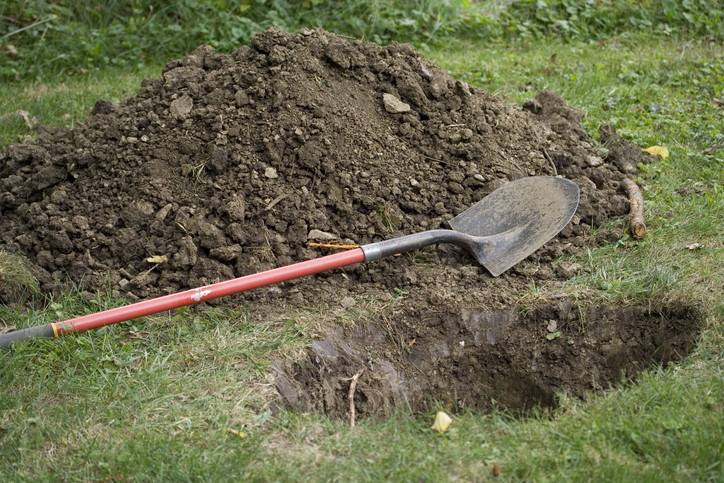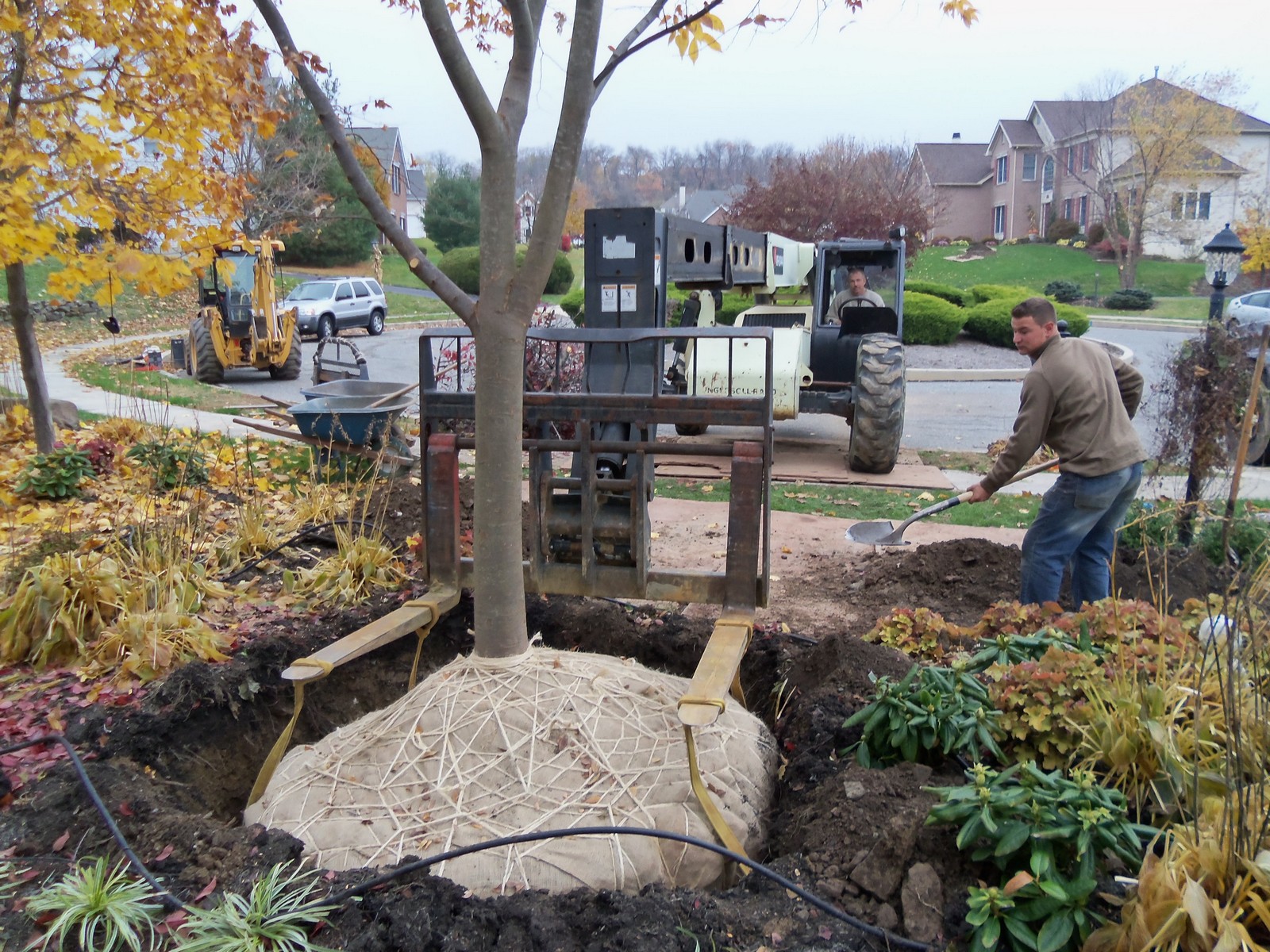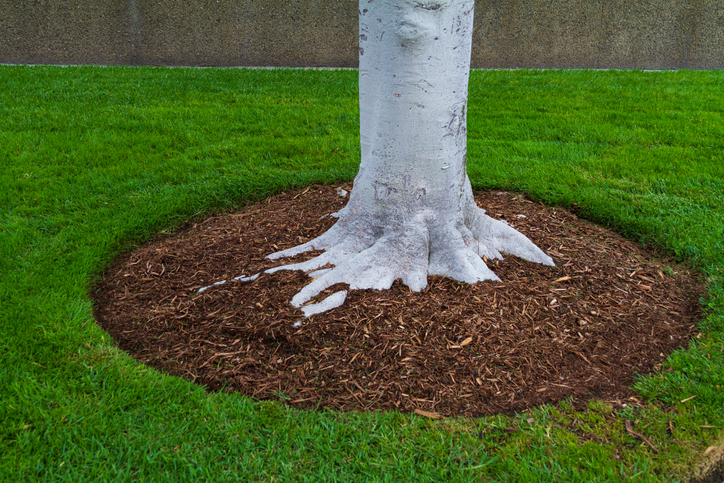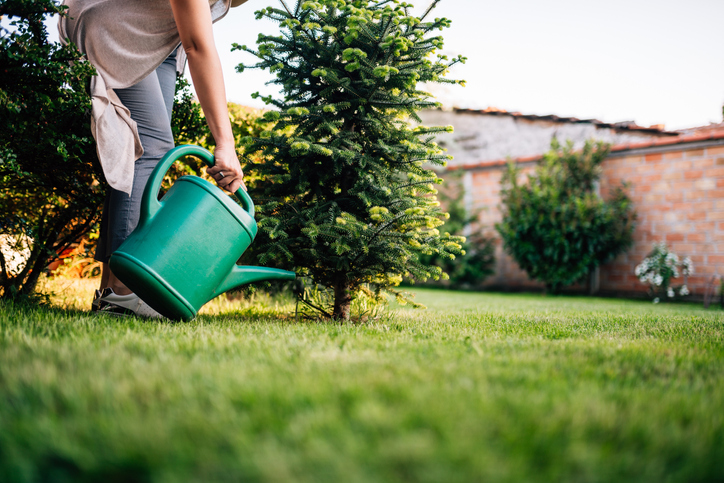Are you looking to fill in a larger area of your property with some new trees? Or, are you considering starting your very own tree fruit farm? Trees are great for ornamental purposes, making your property something unique, as well as they emit oxygen back into the air. They’re essential for life! So, if you’re looking to take your yard to the next level, learn the proper steps of planting a tree to give your home or property the earthy vibrance it deserves!
● Dig A Hole: Digging a hole is self-explanatory, but the depth of the is essential. If it is too deep, or too shallow, there’s a chance the tree will die. When planting a balled and burlapped tree, you need to:
-
- Remove the burlap at the base and find the flare of the trunk. You may need to move some of the soil aside gently to find it.
- Measure the distance between the trunk flare to the root mass. This measurement will be how deep the hole needs to be.
- For the diameter of the hole, you need to dig two to three times the width of the container or root ball.

● The Backfill: While it was common to add things into the backfill soil such as compost, peat moss, and more, in recent years, it’s been determined that those additives aren’t necessary. Use your judgement when adding backfill.
● The Planting: Try to avoid disturbing the root ball when transferring it to the hole. Do not lift plants by their stems, branches, or trunks. This could cause severe damage. Make sure you keep the root system contained until it’s ready to be planted. Don’t let them dry out, even while you’re digging.
● Filling In & First Watering: Fill in the hole about halfway up the root ball. Eliminate any air pockets in the soil by pressing down with your hands or your foot. Adjust the trunk, and check on the flare before adding in the rest of the soil. On the outer edge of the hole, create a high ridge of about 3” to 4″ where irrigation water can gather. Let the water soak in and refill several times. The purpose is to drench the soil and eliminate any other air pockets.


● The Mulch: Once the ground is soaked, add about 2” to 3″ of bark mulch or pine straw to the planting area avoiding the tree trunk. This barrier will keep the water in and weeds out.
● The Staking: This step is optional. It’s an extra level of stability for your new tree. It comes down to what type of tree you’re getting. We’ll be happy to help you out in determining what you will need for your new property additions.
● The Watering: The life of your tree depends heavily on how much water it’s getting. The roots can’t dry out, nor can they get waterlogged. To check, dig about 2 to 4″ down and feel how wet the soil is. Watering should happen every other day for the first two weeks. After that, watering only needs to be once a week.

Save the trees, save the earth. We are guardians of nature’s birth.

